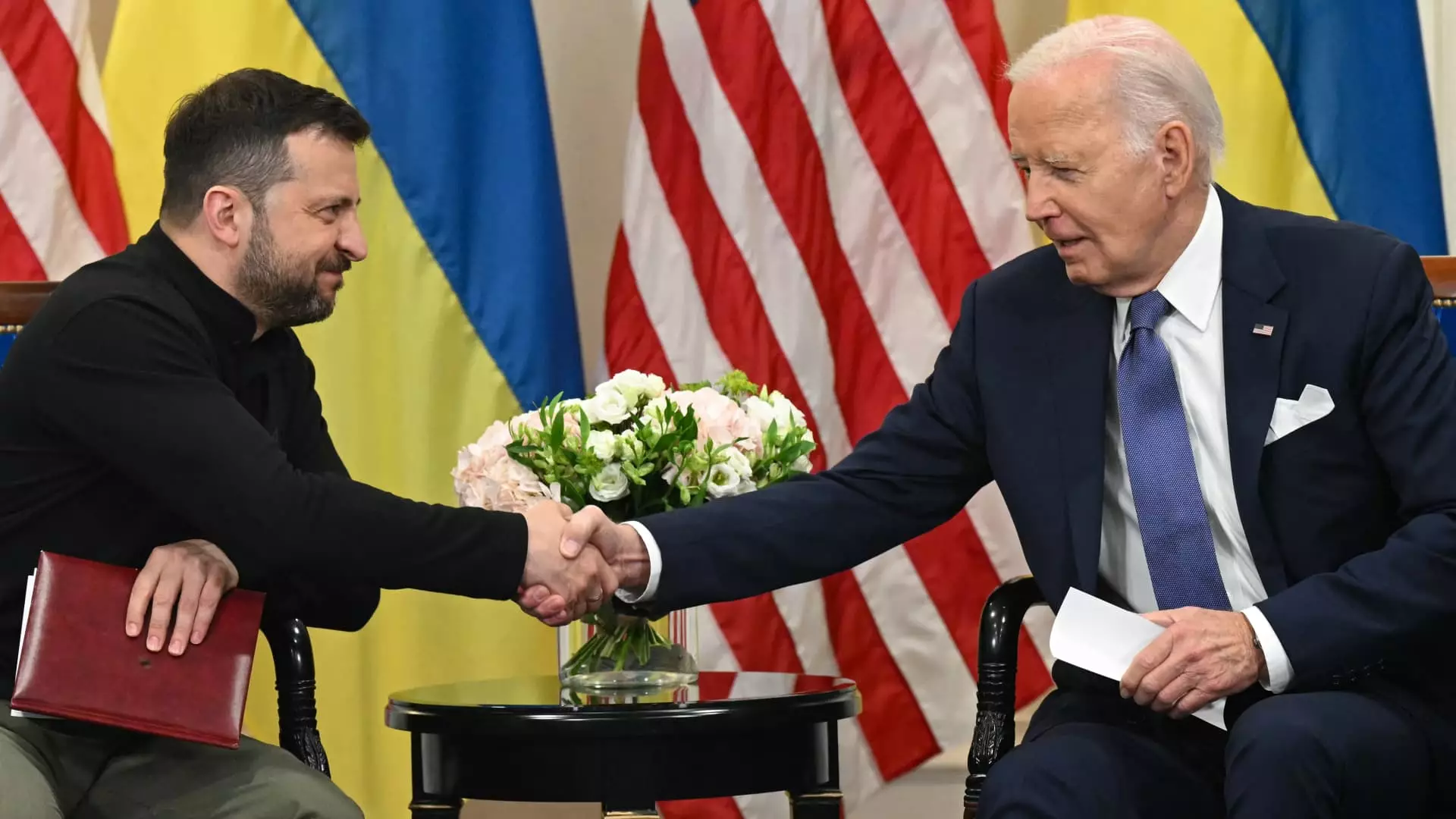In a significant move on Monday, the United States unveiled nearly $6 billion in additional military and budget support for Ukraine. This announcement comes during the twilight of President Joe Biden’s administration, as he aims to bolster aid to Kyiv before the incoming President Donald Trump assumes office. The urgency behind this aid package reflects the ongoing struggles Ukraine faces against intensified Russian aggression. The latest assistance illustrates Biden’s commitment to sustaining Ukraine’s defense while signaling a pivotal moment in U.S. foreign policy towards Eastern Europe.
The recently announced package comprises two key components: $2.5 billion earmarked specifically for military assistance and $3.4 billion designated as budget aid. The military aspect includes $1.25 billion sourced from U.S. stockpiles and an additional $1.22 billion through the Ukraine Security Assistance Initiative (USAI). USAI, unlike direct military stock transfers, involves procuring military equipment from either U.S. defense contractors or international partners. This distinction implies a delayed timeline for equipment delivery, which could take months or even years to fully materialize on the front lines.
Treasury Secretary Janet Yellen emphasized the critical nature of the budget aid, intended to sustain government operations in Ukraine amidst ongoing conflict. Since the onset of Russia’s full-scale invasion nearly three years ago, the U.S. Congress has allocated an astounding $175 billion in support to Ukraine, showcasing bipartisan backing for a nation fighting for its sovereignty and territorial integrity.
As the war continues to evolve, new dynamics on the battlefield have emerged, particularly with reports indicating that North Korean military personnel have been deployed by Russia to strengthen their forces. This development raises important questions about the desperation of Russia’s military situation and the lengths to which they will go to supplement their capabilities. White House spokesperson John Kirby reported that North Korean troops have already suffered significant casualties, indicating the high human cost of the war.
Biden reiterated that the latest aid package provides Ukraine with an “immediate influx of capabilities” which will be vital for ongoing operations. This includes the supply of much-needed air defense systems and artillery, both of which play instrumental roles in Ukraine’s counteroffensive strategies, especially as the winter season approaches.
Looking ahead, the political atmosphere surrounding U.S. support for Ukraine remains precarious. As Biden’s time in office dwindles, the incoming Trump administration poses uncertainties regarding future aid. Trump has publicly criticized the scale of U.S. involvement in Ukraine, suggesting a shift in strategic priorities and calling for greater financial responsibilities to be placed on European nations. This perspective resonates with some factions within the Republican Party, where there is an emerging wariness towards providing further financial support to Kyiv.
Despite the recent financial commitments, both the military and budgetary assistance may face new scrutiny in the months to come, as lawmakers align their policies with the changing political landscape. Notably, the continuation of direct budget assistance, which directly helps maintain crucial government functions like education and civil service salaries, has been highlighted as essential for Ukraine’s stability and defense.
As the Biden administration wraps up its final weeks, it remains dedicated to ensuring that Ukraine receives the support it needs to confront ongoing threats. Yellen’s assertion that Ukraine’s success is aligned with American national interests underscores a broader geopolitical reality—sustaining support to Ukraine is not merely about financial aid, but a commitment to upholding democratic values and international stability. The stakes are high, and as the transition to a new administration looms, the path forward for U.S. support to Ukraine will require careful navigation to ensure that the momentum gained thus far does not falter amidst shifting political winds.


Leave a Reply